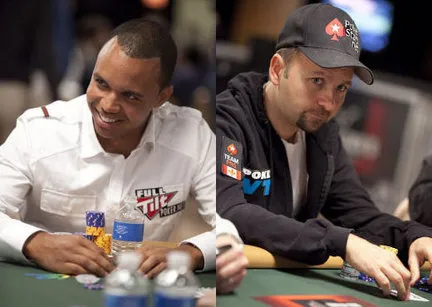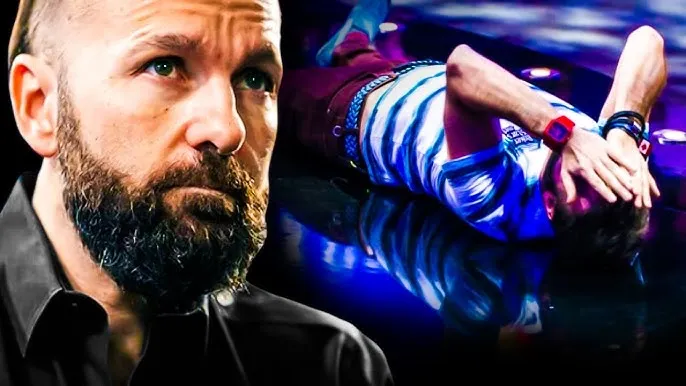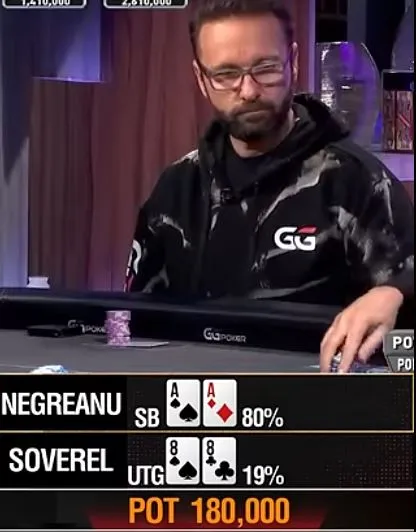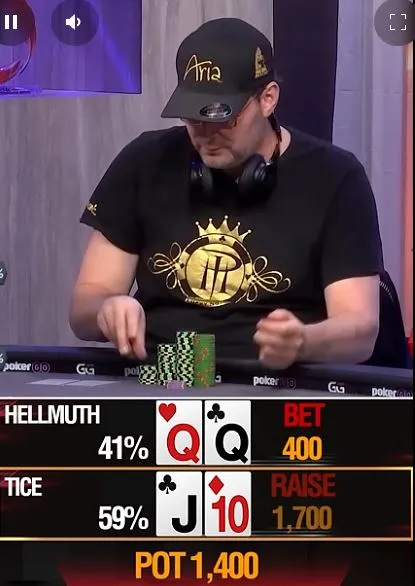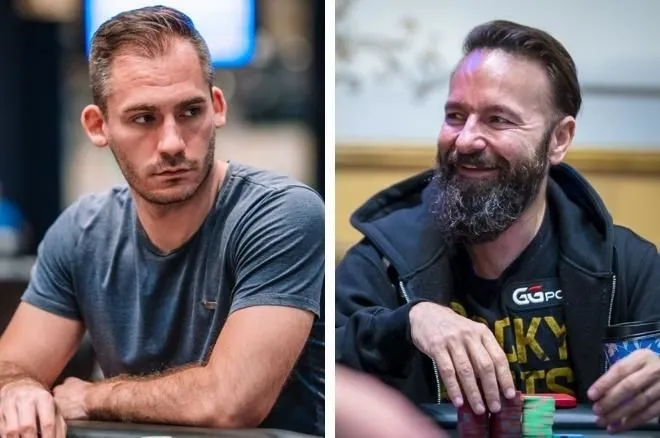🎭 The Bluff That Wasn’t: Why NOT Bluffing Might Be the Ultimate Poker Bluff

"The Secret to Bluffing? Don’t Bluff."
It sounds like a contradiction. But in the world of poker, where every move can either win you a pot or destroy your stack, what you don’t do can sometimes be more powerful than what you do.
In this short but iconic 50-second clip, we witness a showdown where the concept of bluffing gets completely flipped on its head. There’s no flashy aggression, no wild bets — just calm control and a quiet lesson that every aspiring poker player should internalize.
Let’s break it down and explore why not bluffing might just be the smartest move at the table.
We start with what seems like a relatively tame hand. The table is conversational. Chips are moving. Players are relaxed.
Then, out of nowhere, a player makes a move that screams confidence. A sizable bet. An unreadable face. No hesitation.
But here’s the twist: the player isn’t bluffing.
That’s the punchline of this masterclass.
In the voiceover, or post-hand commentary, the hero says something profound and simple:
“The secret to bluffing… is not bluffing.”
That one line hits harder than a river shove. And it speaks volumes about the evolution of poker in today’s game.

Bluffing has long been romanticized in poker. Movies portray it as a mind game where the cool, mysterious pro always wins with 7-2 offsuit and a confident smirk.
But in real games — especially at higher stakes — bluffing is much rarer than people think.
Why?
Because good players aren’t looking for flashy plays. They’re looking for value, consistency, and exploitative opportunities.
Bluffing, especially when forced or frequent, becomes predictable. And predictability is death in poker.
That’s why players like Daniel Negreanu, Phil Ivey, and Jason Koon often say they bluff less than you’d expect. Their goal is to get paid off with real hands — not to run constant risk for YouTube-worthy highlights.
The brilliance behind “don’t bluff” is in the reverse psychology.
When your opponents know you rarely bluff:
-
Your value bets get called more often
-
Your check-raises are respected
-
Your range becomes harder to exploit
This isn’t about being nitty or passive. It’s about building a table image that earns you more money in the long run.
In the video, that image is perfectly crafted. A big bet gets made. The opponent tanks. The tension rises. The viewer, like the table, is trying to figure it out:
Is this the bluff?
And then… it’s revealed: the hand is real.

No bluff. No need. Just a strong, deliberate line — and the confidence to let others convince themselves.
This viral moment offers some key takeaways for both new and experienced players:
1. ✅ Less is More
You don’t need to bluff constantly to be feared. In fact, by rarely bluffing, your actual bluffs become more believable and more dangerous when you do pull them off.
2. 🛡️ Protect Your Image
In low-stakes games, bluffing may work. But in tough lineups, being unpredictable without being reckless is the real skill.
Bluffing less allows you to maintain control over your perceived range. You can then exploit that when needed.
3. 🎯 Confidence Wins
Notice how confident the player is in the video. He’s not posturing. He’s not selling anything. The calm confidence is what sells the strength of the hand — even if no words are said.
Poker is evolving. The era of overbluffing is fading, especially at high stakes and on streamed games where players are reviewing hands with solvers and studying opponent tendencies.
What’s replacing it?
-
Well-timed aggression
-
Balanced ranges
-
And sometimes… not bluffing at all
So the next time you're tempted to turn your missed draw into a big river shove, remember:
“The secret to bluffing… is not bluffing.”

